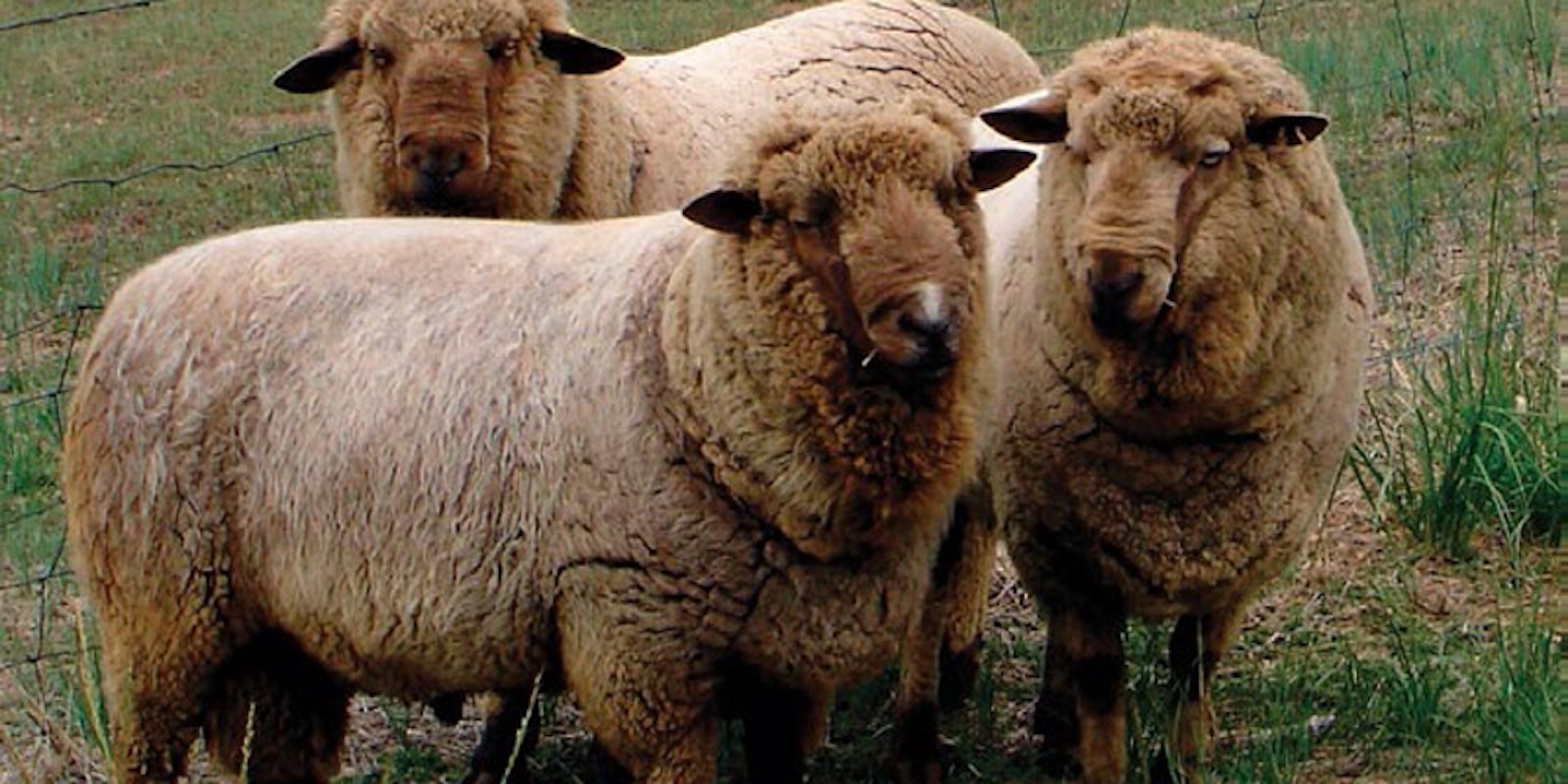She refused it.
You may have heard that the Spin-Off office has been working on a special project—a knitting magazine inspired by the novels of Jane Austen. Last year, we were asked to propose ideas for these special projects—I must have been feeling a bit more cheeky than usual that day because I suggested Jane Austen Knits—merging two of my loves—Jane Austen's novels and making things by hand. No one was more surprised (and thrilled) than me when the powers-that-be here at Interweave got fully behind the idea. But you're probably wondering, "What does this have to do with spinning?" Well, more than I realized at the time—that is for sure.
In the process of working on the magazine (and learning how different editing a knitting magazine is from editing a spinning magazine), I learned that an elderly relative tried to give Jane Austen a spinning wheel. Jane politely refused the spinning wheel, but in a letter to her sister, Jane declared that if pushed to accept the wheel, she'd be forced to spin rope with which to hang herself. Though I'm sad to learn that Jane didn't love spinning as I do, I did delight in her wicked sense of humor.
I also learned that Jane Austen lived at a pivotal time for textiles. She lived in England during what is commonly known as the Regency era (1795–1837), but it was also a key time during the Industrial Revolution. When Jane was born in 1775, the Industrial Revolution was just underway—consider that every garment, rug, curtain, tapestry, and sail before then was made with handspun yarn. Most cloth was woven on small looms in the homes of weavers, knitting was so common an activity that no one discussed it, and synthetic dyes weren't introduced until well after Jane's death in 1817. When Mrs. Bennet exclaims about the lace on Mrs. Hurst's gown, it is something worth exclaiming about. It had all been carefully crafted by hand, from yarn that was spun on a spinning wheel. It is too bad that Mr. Bennet interrupted her, and we never heard what made it so elegant, but we can imagine.
And imagine is what the designers who answered the Jane Austen Knits did. They thought about what kind of vest they'd knit for Mr. Knightley, how ladies of the Regency era would have been inspired by the Empress Josephine and how she wore her shawls, and if Kitty would have knitted secret messages into stockings for her sister, Lydia—to keep from spilling the beans about Lydia's plans to run off with Mr. Wickham.
They thought about the colors that were normally worn back then and what they meant, designed cabled patterns that upon closer examination revealed more depth of character, and imagined how a man's garrick could be transformed into a flattering feminine cape wearable today.
Happy spinning,





